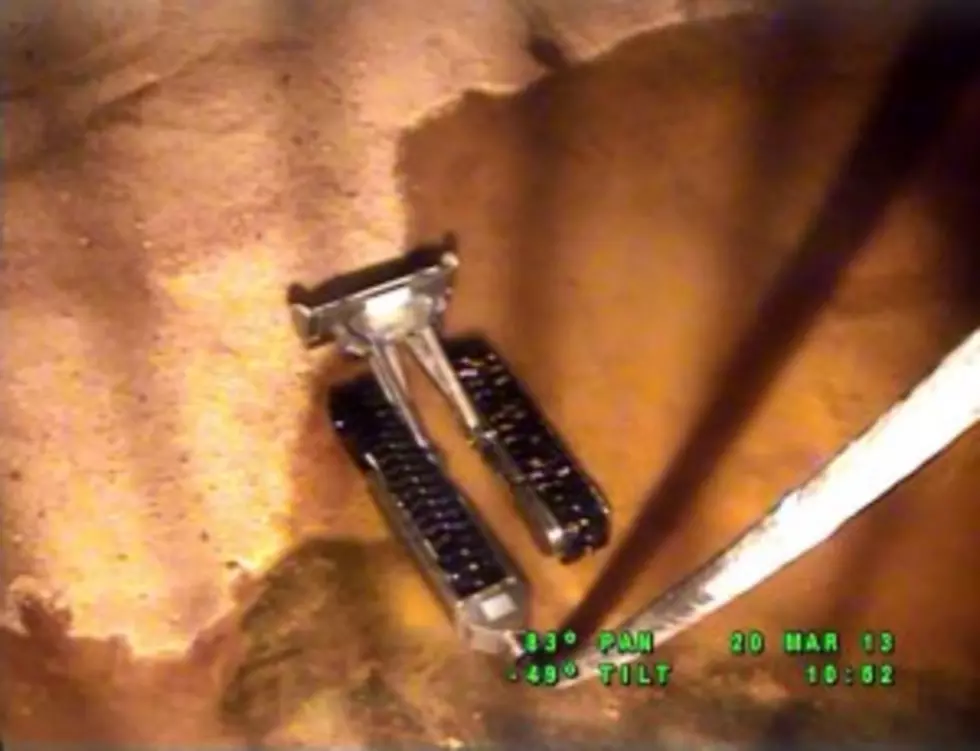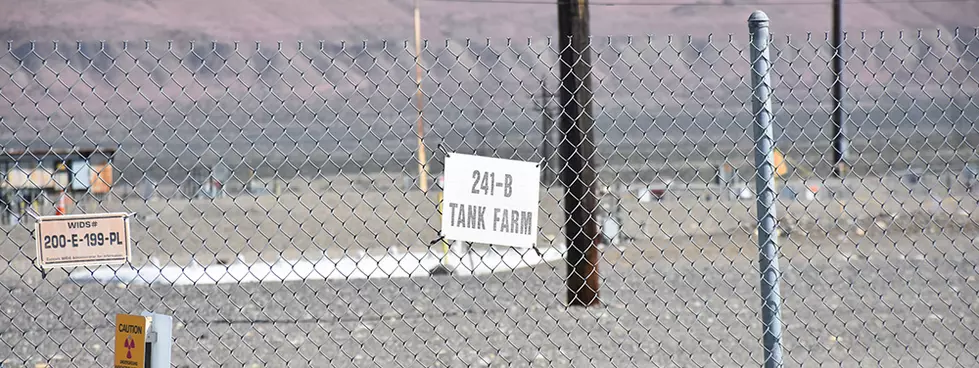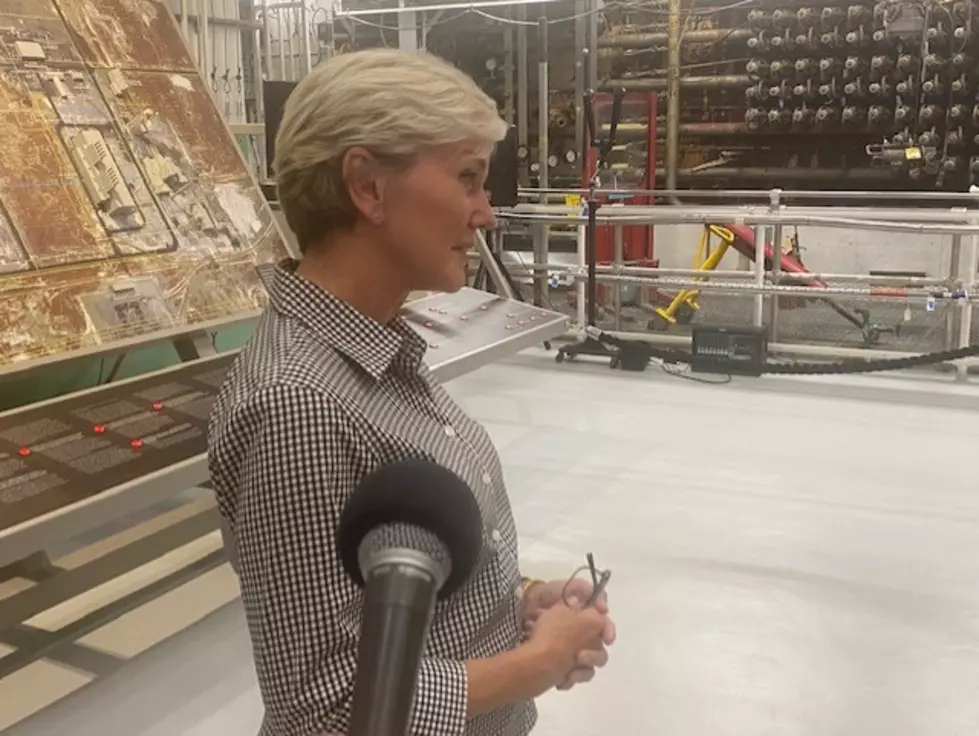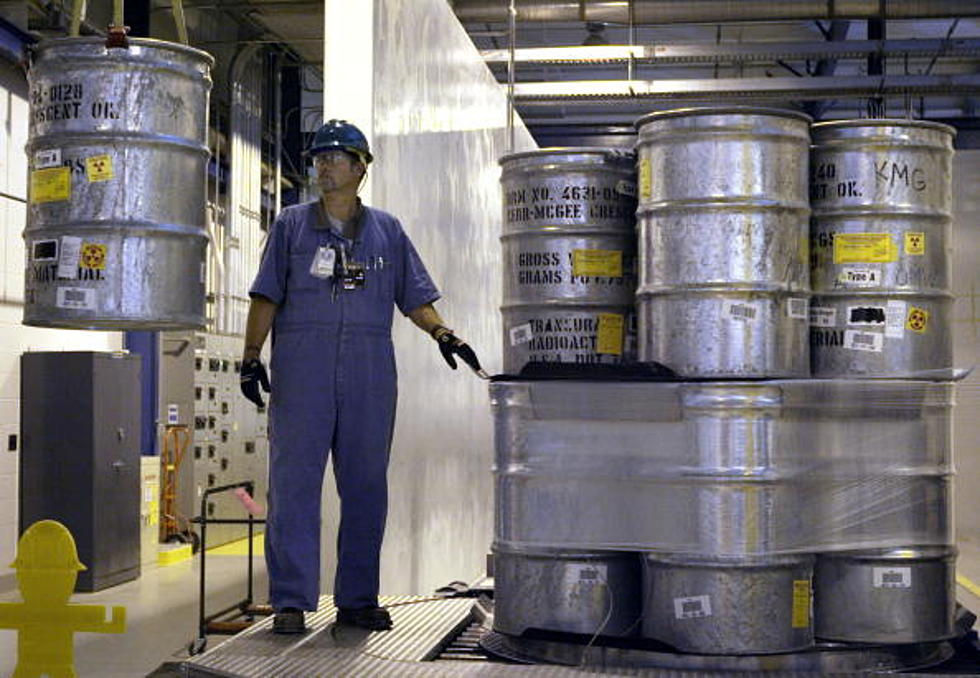
Will Hanford VIT Plant Actually Work? A Look At What Scientists Are Up Against (Part 1)
It's a household word in the Columbia Basin, but exactly what is the VIT Plant, and what are they trying to clean up? We explain in a way you can understand.
We read a news story today about the 11th single shell tank at Hanford being emptied of it's radioactive contents. The waste materials were transferred to one of the sturdier double-shell storage tanks, to await the completion of the Vitrification Plant someday down the road. The picture shows tank C-110 being cleaned by a robotic device. This story made us think about the VIT Plant, and the ongoing cleanup efforts at Hanford.
While this work continues, it's just preparation and cleanup for the eventual process of processing and storing the millions of gallons of nuclear waste at the site. So much is heard about the Vitrification Plant, but what do we really know about it? Why is it taking so long, and why is it getting more expensive every year? Will it actually work? An article published in the May 2013 edition of Scientific American offered the most thorough and understandable view of the Hanford VIT situation we've ever seen, and we will utilize it.
We're hoping these articles will help you understand what's going on out at the site, and why it's not an easy or quick fix!
THE VIT PLANT
Vitrification is a process where nuclear waste is heated, mixed with glass forming chemicals then poured into a cooling vessel to create a solid, manageable "block" of waste that can then be decontaminated somewhat, and then stored while the remaining radioactive elements decay. Vitrification allows for safer manageable disposal of waste. It's already being done at nuclear power plants around the world, and in the U.S. The U.S. nuclear site in Savannah, Georgia is already using vitrification to process it's spent fuel and waste. This site was part of the World War II Manhattan Project.
What's In The Ground at Hanford?
There are 177 underground storage tanks, a mixture of single-shell and double-shell tanks that resemble huge, round, saucepans with lids. Buried 8-10 feet below the ground surface, they hold an unbelievable mixture of chemcials, nuclear waste and even garbage such as metal, plastic, and small bits of contaminated equipment. The reason so much effort is being put into the VIT Plant is because many of them have, or are leaking - including a confirmed seepage from one of the newer double-shell tanks. The single-shell, and even some of the double-shell tanks have already exceeded their expected lifespan.
According to numerous studies, the waste in the tanks includes every element on the periodic table . ( You might remember the periodic table from science class in school, it was that huge chart on the wall that described every chemical and metal known to man.)
The waste is a giant mix of leftovers from nuclear weapons and energy production at Hanford since World War II, as well as thousands of experiments with chemicals and radiation. Hundreds of important scientific discoveries were made at Hanford, many which are being used in our lives today.
It's this huge blender of "gook" that is what is making the cleanup process to time-consuming and difficult. In the next part in our series, we will tell you why this VIT plant is taking so long, and if it will even work.
More From 870 AM KFLD









